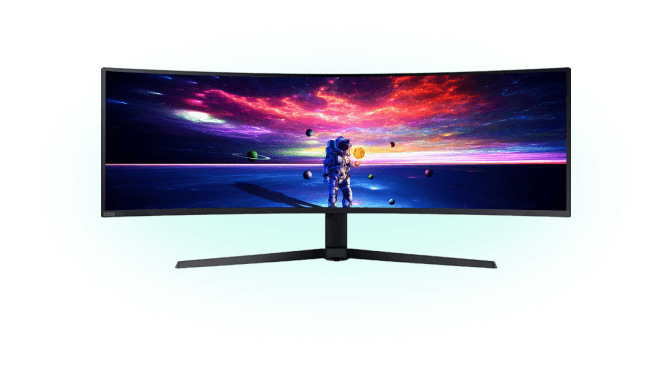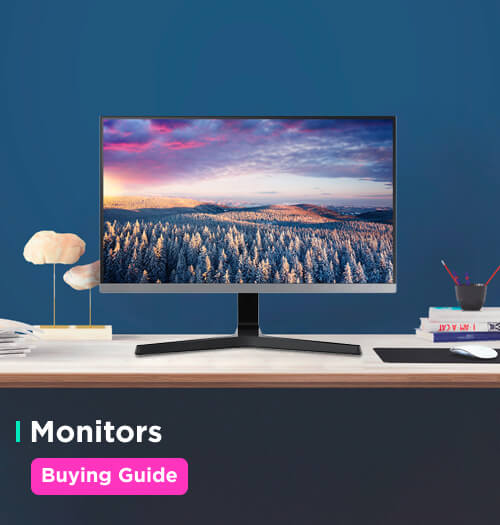Form Factor
- Flat Panel monitors are quite popular due to their compact design
- With an aspect ratio of 16:9 or 16:10, they are a great choice for restricted spaces
- Ideal for computing tasks like browsing, writing, online shopping, and watching videos.
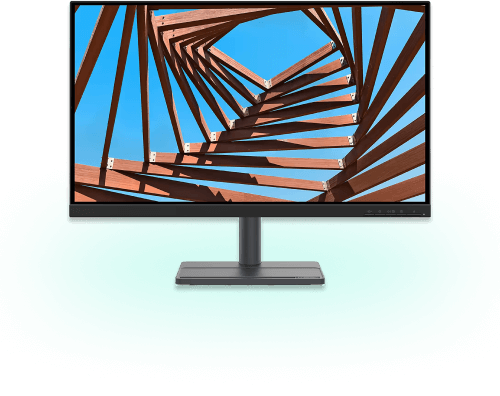
- Curved Panel monitors enhance peripheral vision
- They are significantly wider with an aspect ratio of 21:9. Apart from the aesthetic appeal, they also offer a panoramic view with less distortion
- Ideal choice for gamers, graphic designers, artists, and multitaskers
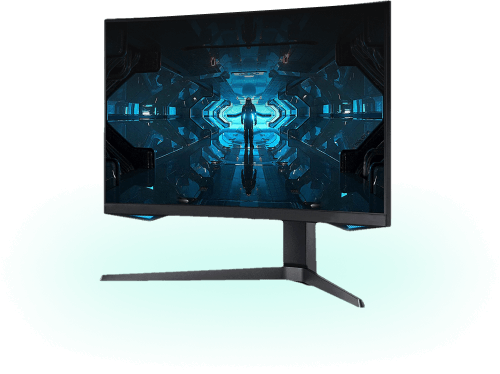
Display Type
The display type refers to the picture quality and clarity. There are various options based on different usage requirements. So before you make the final decision, get to know the different display types available.
| LCD | LED | OLED | QLED | |
|---|---|---|---|---|
| Contrast |
|
|
|
|
| Brightness |
|
|
|
|
| Motion Blur |
|
|
|
|
| Viewing Angle |
|
|
|
|
| Colour Volume |
|
|
|
|
| Ghosting |
|
|
|
|
| Power Saving |
|
|
|
|

When choosing a display type, consider your usage requirements. Different display types support usages like gaming, video and image editing, design work or watching movies.
Panel Type
Every monitor has a panel type, based on usage patterns and budget. So let’s explore the pros and cons of these panel types.

- Superb visuals
- Best viewing angles
- Best colour reproduction

- Response time 4ms or higher
- Average black level
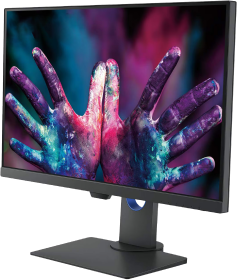

- Deep black level
- Best contrast ratio
- Good colour performance

- Higher response time
- Backlight bleed issues
- Average viewing angle

Screen Size
A monitor screen is measured diagonally. Understanding how big a monitor you need or want will help you decide what screen size to pick.
Key Usages
- Office Application
- Web Browsing
- CCTV Display
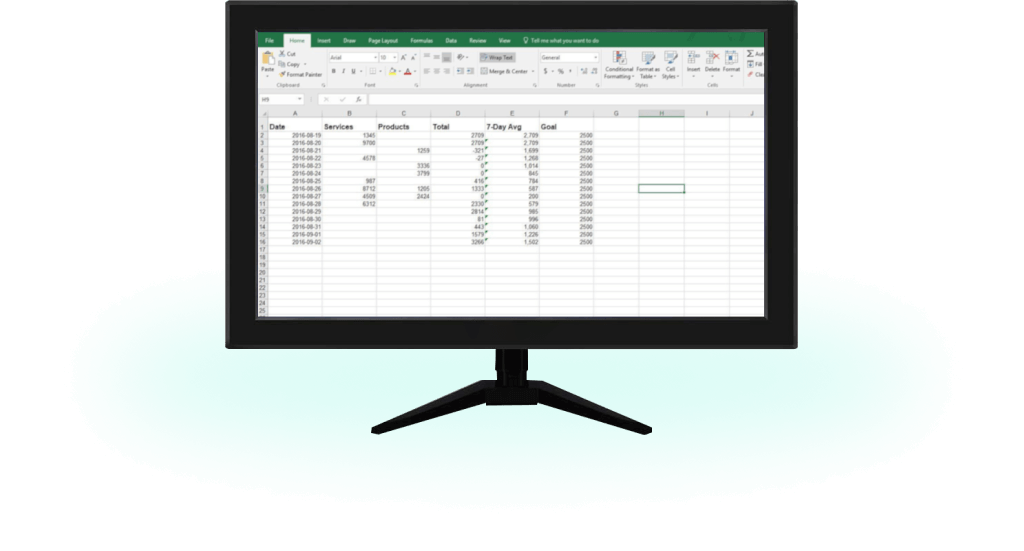
Key Usages
- Office Application
- Web Browsing
- Entertainment
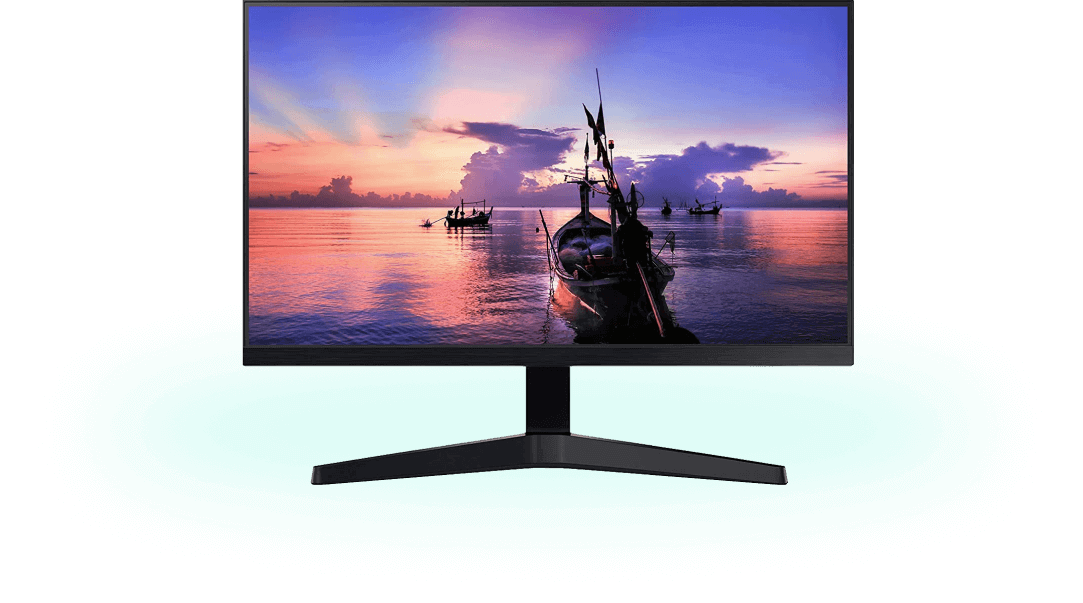
Key Usages
- Office Application
- Entertainment
- Image and Video Editing
- Gaming
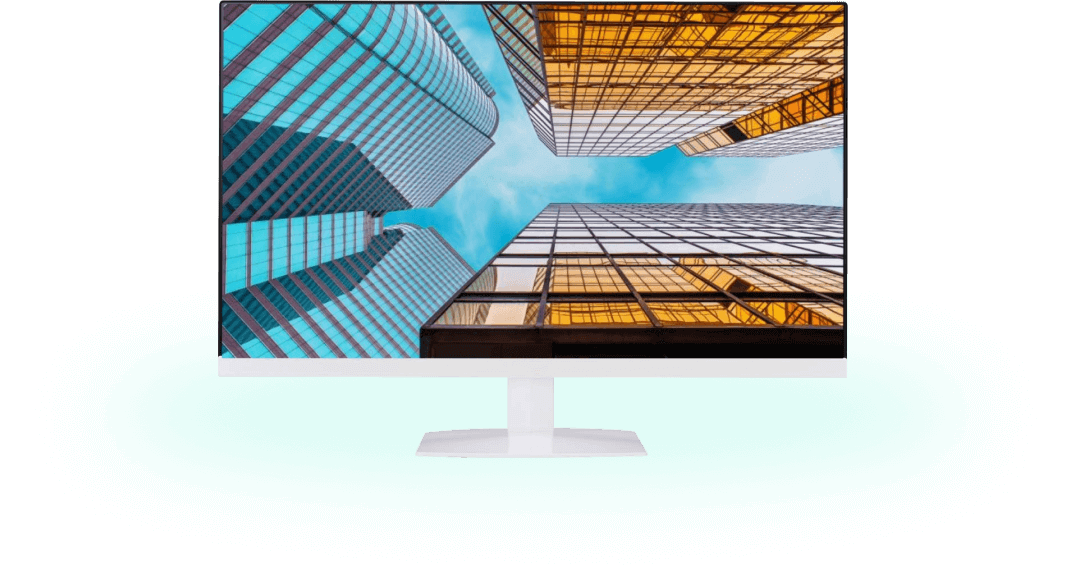
Key Usages
- Competitive Gaming
- Graphic Designing
- Image and Video Editing
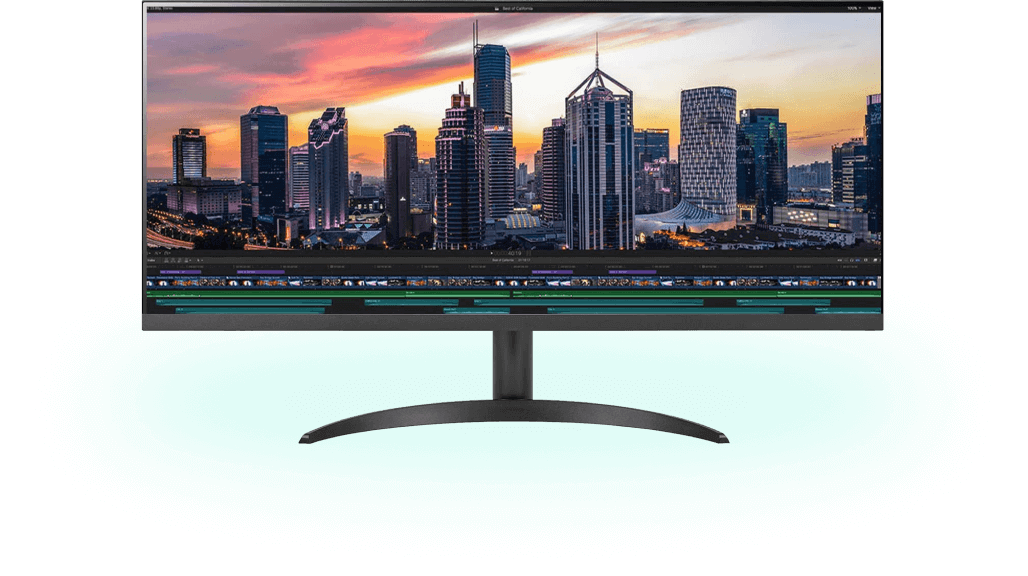
Key Usages
- Competitive Gaming
- Graphic Designing
- Image and Video Editing
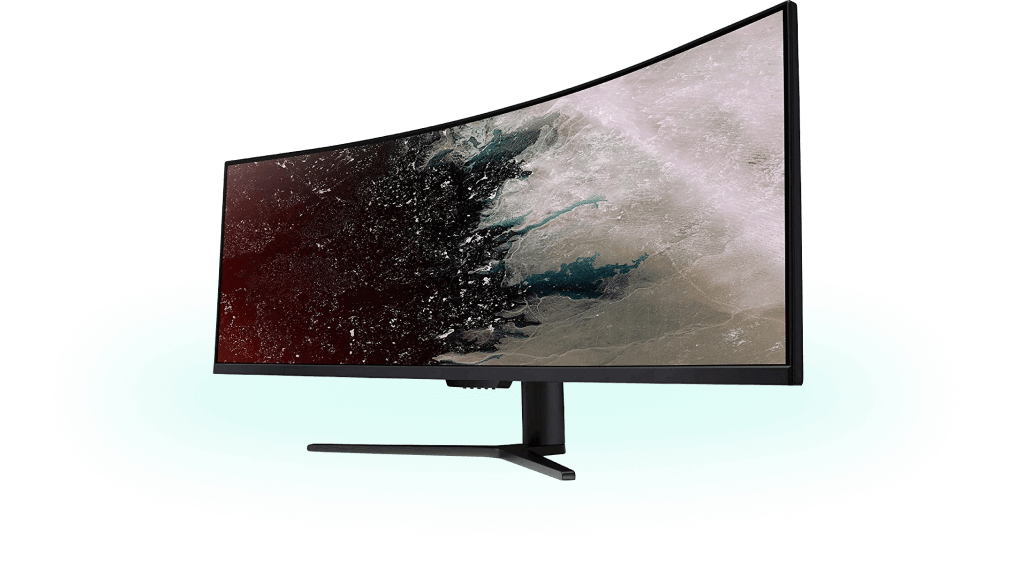
Resolution
The resolution of a monitor refers to the visual dimensions of the various displays. This is measured in pixels, across the width and height of the monitor screen. Higher the number of pixels, greater the visual quality and higher the resolution.
Resolution: 1280 x 720
Description: It is the lowest of the HD Compatible resolutions, sufficient enough for small screen usage
Available Screen Sizes: From 20” to 22”
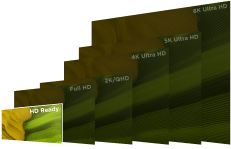
Resolution: 1920 x 1080
Description: It delivers better visual quality than an HD Ready Screen Size and is ideal for basic daily tasks
Available Screen Sizes: From 20” to 25”
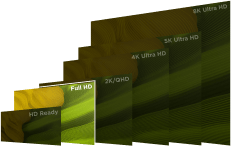
Resolution: 2048 x 1080
Description: It delivers greater visual clarity, making it a good choice for multitaskers, content creators and editors
Available Screen Sizes: From 24” to 34”
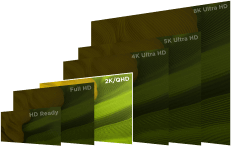
Resolution: 3840 x 2160
Description: Offering 4 times the details of Full HD, it is ideal for graphics designers and gamers
Available Screen Sizes: From 27” to 43”
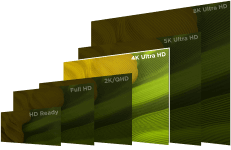
Resolution: 5120 x 2160
Description: With 33.33% higher pixel quantity than 4K monitors, it is ideal for creative professionals
Available Screen Sizes: From 27” to 50”
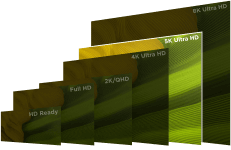
Resolution: 7680 x 4320
Description: It is 4 times visually stronger than 4K, making it ideal for gamers and video editors
Available Screen Sizes: From 32” and Above
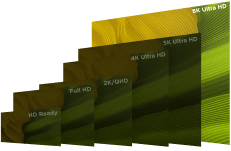
Key Features
Here are key features to consider, when purchasing a monitor.
- Measured (in Hertz or Hz) how many times per second your screen refreshes the image it is displaying
- Higher the Refresh Rate, smoother the frame transition and better the visual quality
- The standard refresh rate is set to 60Hz
- Higher Refresh Rate monitors are ideal for gaming
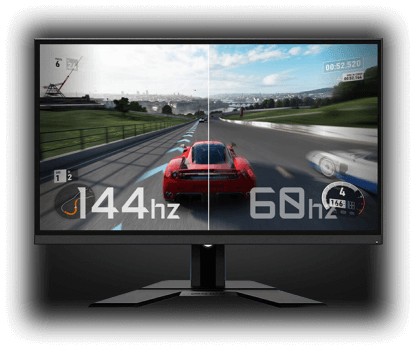
- Response Time refers to how long it takes for a pixel to change its colour
- It is measured in milliseconds
- While the standard Response Time is set to 5ms, the fastest setting is 0.5ms
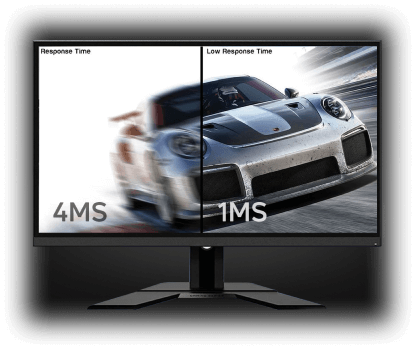
- Contrast Ratio refers to the ratio of luminance between the brightest shade (white) and the darkest shade (black) produced on screen
- Also known as Dynamic or Mega Contrast Ratio
- Greater the Contrast Ratio, more distinguished and crisp the colours
- The minimum Contrast Ratio is 1000:1
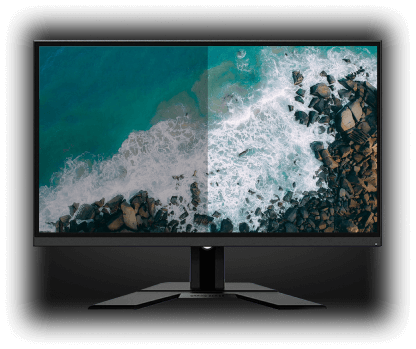
- The Brightness Level refers to the luminous intensity of the screen
- It is measured in cd/m^2 (candelas per square metre) or ‘nits’
- The standard Brightness Level for monitors is 250 nits.
- Monitors that support High Dynamic Range (HDR) resolution span from 400 nits up till 1,600 nits
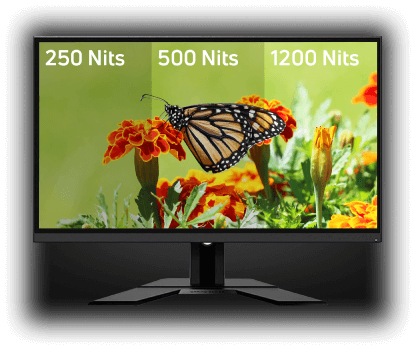
- The Viewing Angle refers to the angles at which the display can be optimally viewed, without major changes in contrast or colour
- A wide viewing angle of 1780 or higher ensures smoother viewing
- Ideal for group gaming or watching movies with people
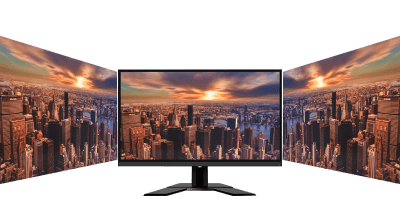
- Sync Compatibility indicates whether or not the monitor functions smoothly, reducing any issues like screen flickering or tearing
- Gaming monitors typically have NVIDIA G-SYNC (for PCs with NVIDIA graphics cards) and/or AMD FreeSync (for PCs using AMD graphics cards)
- G-SYNC relies on DisplayPort, while FreeSync works with both HDMI and DisplayPort
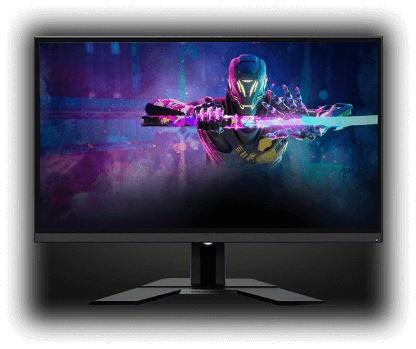
- The Colour Reproduction capacity of a monitor depends on the colour gamut
- The two major colour gamut standards in a monitor are sRGB and Adobe RGB
- sRGB is used for monitors, printers and the Internet, while Adobe RGB (which includes CMYK) is used in the professional printing industry
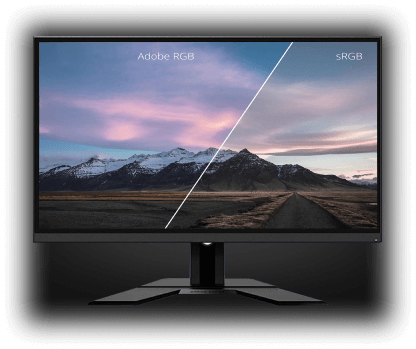
- When looking at Installation Options like a stand or mount, consider your viewing posture
- Stands are highly adjustable, while mounts offer more versatility with height and angles
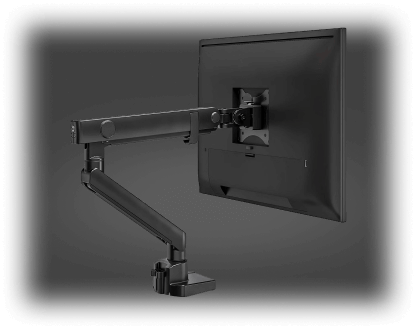
- Display Adjustment settings are important for controlling brightness and colour contrast
- Some monitors also have preset viewing modes like ‘Reader Mode’, which make the screen simulate the visual experience of reading words on paper
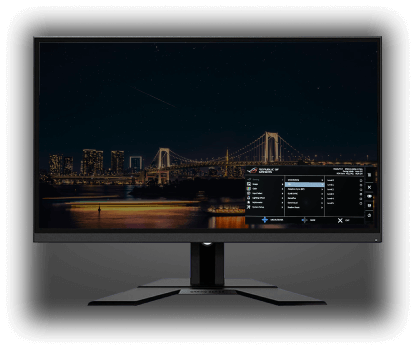
Lifestyle
In case you have still not decided, here are some must-have features to consider, based on your lifestyle choices and usage requirements.
Key Usages: Internet Browsing, Office Applications, Basic Gaming, Streaming Movies and Videos
Resolution: Full HD (1080p)
Screen Size: From 20” to 24”
Panel Type: IPS | VA | TN
Display Type: LCD | LED
Ports: HDMI, USB Type-C, VGA, AUX, RJ-45, USB Type-A
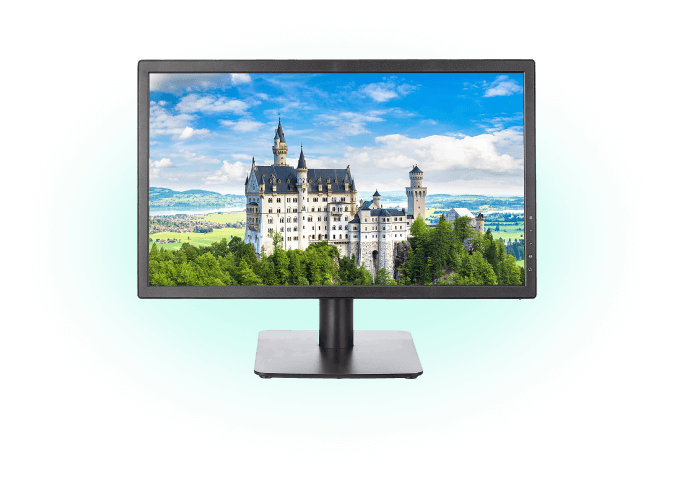
Key Usages: Basic Gaming, Streaming Movies and Videos
Resolution: Full HD (1080p) and QHD (2K)
Screen Size: From 25” to 34”
Panel Type: IPS | VA
Display Type: LCD | QLED
Ports: HDMI, DisplayPort, AUX, USB Type-A
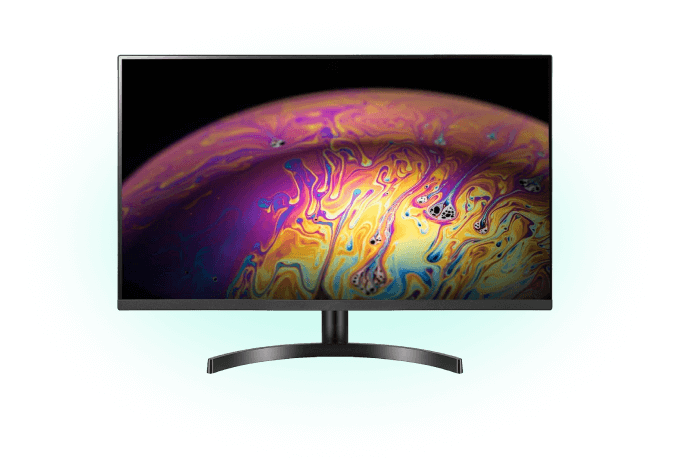
Key Usages: Graphic Designing, HD Video Editing and 3D Animation
Resolution: QHD (2K) and UHD (4K)
Screen Size: From 24” to 43”
Panel Type: IPS | VA
Display Type: LED | QLED | OLED | QD LED
Ports: HDMI, USB Type-C
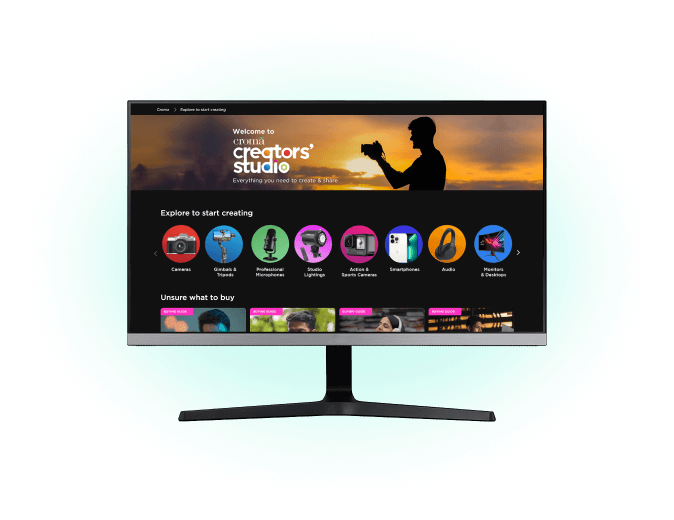
Key Usages: High-End Gaming and Graphics Designing
Resolution: Full HD (1080p), QHD (2K) and UHD (4K)
Screen Size: From 27” and Above
Panel Type: IPS | VA | TN
Display Type: LED | QLED | OLED | QD LED
Ports: IPS | TN
